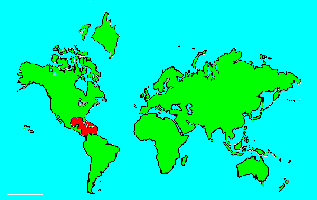SPECIES INFO
The Kaplan Field Guide to the Seashores of the SE USA and the Caribbean shows a drawing of one species of Dictyopteris. They show D. justii which has strong ribs on each blade. Dictyopteris justii is less than 16 inches tall.The family Dictyotaceae contains about 15 different genera of branching marine seaweeds. These are mostly found in warmer waters. Several of the well known genera include Taonia, Lobospira, Dictyopteris, and Padina.
Brown Algae Group (Phaedophyta) is usually broken into three main categories: The Chrysophyta, the Pyrrophyta, and the Phaeophyta. Golden Brown Algae Group (Chrysophyta) has about 6,000 species. Fire Algae Group (Pyrrophyta) contains about 1,000 species. The group has a broad habitat base from parasites to the marine algae that produce the red tides. Brown Algae Group (Phaeophyta) has about 1,000 species. Most of these are marine seaweeds with the giant kelps as typical examples.
Protista kingdom (sometimes spelled as Protoctista) contains numerous phyla including unicellular animals and algae. Generally, these are aquatic life forms. The number of species is difficult to estimate, and it might be as low as 60,000 and as high as 200,000.
There is discussion among scientists as to whether this group of lifeforms should be split into two different kingdoms. One for those that make their own food, and the other for those that eat food. They suggest: Chromista and Protozoa.
Although herein we follow conventional norms and recognize 9 phyla, it has been suggested there might be 50 different phyla herein. These lifeforms have been found as far back as 1.2 billion years ago.


